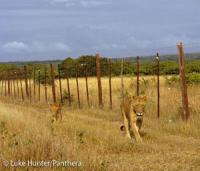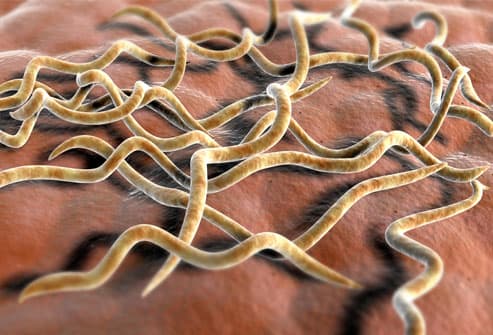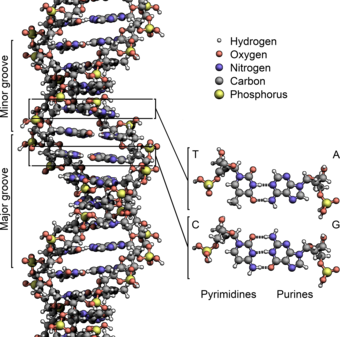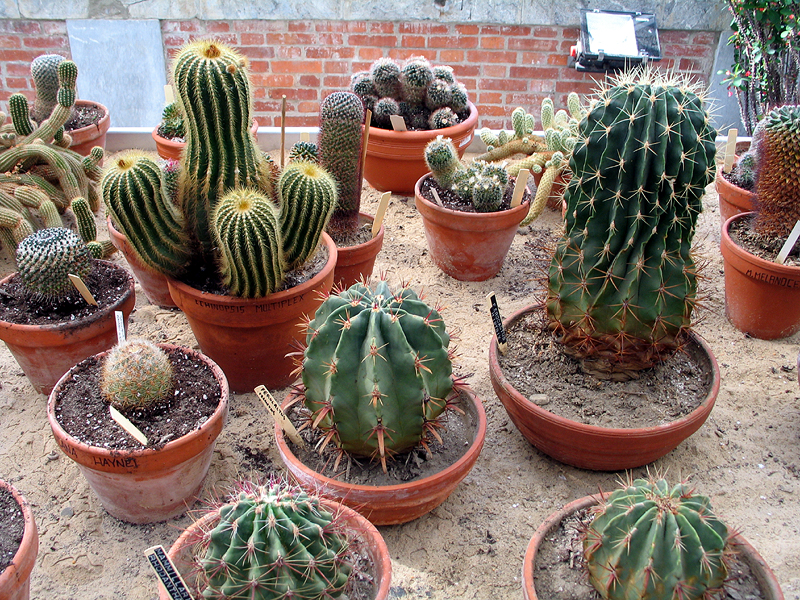We must conserve water!
 Of all of the water in our world only 3% of it is fresh water.
And Less than 1/3 of 1%
Of all of the water in our world only 3% of it is fresh water.
And Less than 1/3 of 1% of that 3% of fresh water is available for human use.
That means only 1 gallon of fresh water in our planet is available for us to use for every 10,000 gallons of fresh water in the world, and out of all the water in our planet only 3% of it is actually fresh water.
To put it in another way
If 100 liters represent the world's water only about
Half of a teaspoon is fresh water available for us to use.
In 2001 Rio Grande, failed to reach the coast of the gulf of mexico for the first time ever and along with Rio Grande many other great rivers are running dry from over use (Colorado river included).
Global water usage has increased by ten times since the 1900's and many parts of the world are now reaching the limits of their supply. World population is expected to grow by 45% in the next 30 years, where are we going to get water to support everyone? UNESCO predicted that by 2020 water shortage will be a serious worldwide problem.
one third of the world's population is ALREADY facing many problems because of shortage of water and poor drinking water quality.
China, India, and the U.S are the biggest consumers of water in the world, with about 1,100 billion cubic meters of water consumed per year. The consequences of this affect us all, Soil Erosion salinity, and desertification (and as you know, we need soil to grow our food!) Degradation of water bodies (Lakes, rivers etc.)
What can i do to save water?
Well, little things can make big differences if many people work together
Close the shower while you shampoo, don't leave the water running, wash your car with a bucket of water instead of the hose (I assure you, it will be just as clean!) We ALL share responsibility for saving water and this means using less water everywhere, your work, your school, your home. We all need to become more water efficient and more conscious of our world, and our environment if we want to have such a great quality of life later on, as we do now and if we want the future generations to enjoy this same quality of life.
Little steps can make a big difference.
NOS themes-
-Role of credibility
-Science is based on evidence
-Science is subject to debate and tentative
Links
http://www.savewater.com.au/research-and-resources/why-save-water/its-time
http://www.scientificamerican.com/article.cfm?id=graphic-science-how-much-water-nations-consume
http://www.vebsar.com/water_conservation.html
http://www.water-pollution.net/


























 Lukas Wood
Lukas Wood


